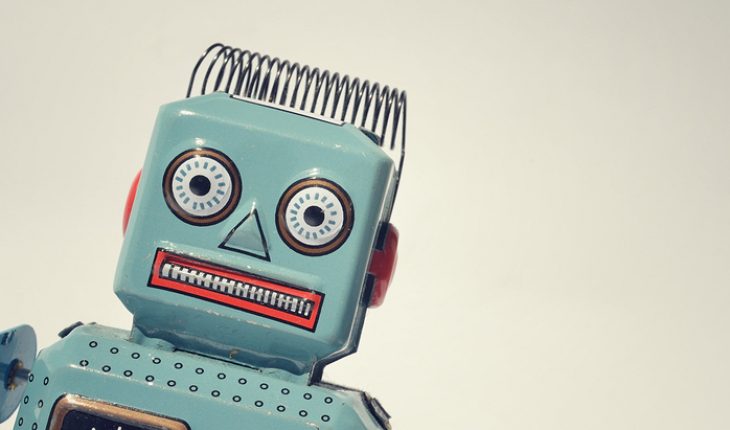Replacing worn-out body parts with brand new, fully working artificial ones sounds like a great idea. In fact, millions of people in Britain are now walking around with artificial hips, knees, elbows, lumbar vertebrae, tendons and internal plastic eye lenses. There are even a few dozen people leading full lives with titanium mechanical hearts in their chests, helping to pump blood around their bodies.
In the first of an occasional series, we look at some of the bionic body parts that are helping to improve patients’ lives.
Cochlear implants
The first clinical programme using cochlear implants on human patients started at University College Hospital in London in 1981, but it is only since the 1990s that these devices have been available in the NHS across the UK. Usually, the device consists of a small body-worn sound processor, a transmitter located behind the ear, and implanted electrodes.
Patient satisfaction: Adults who have lost their hearing within the last 15 years have very high satisfaction levels, particularly since the devices have developed over the last 30 years and are smaller and more effective than ever. Children who are born profoundly deaf, and who have no other underlying problems, can expect to become fluent speakers and attend normal schools if they have a cochlear implant fitted before their second birthday.
What the experts think: “I am grateful that I have lived to see the development of these devices which have transformed the lives of so many people,” says Mr John Graham, consultant ENT surgeon at the Throat, Nose and Ear Hospital in London and advisor to Deafness Research UK. There are four different highly reputable manufacturers of these devices, but they are all broadly similar in their effect. We give patients a free choice to decide which one they would like but we have high levels of success with all.”
Titanium dental implants
Background: Titanium implants were first trialled in the 1960s and since then, they have become widely performed in dentistry. A Scandinavian scientist, Dr Per-Ingvar Branemark, found that titanium, under conditions that were carefully controlled, could be bonded with living human bone. There was no long-term inflammation of the soft tissue surrounding it, and there was no rejection of the titanium by the body. Also, these implants remained in place, without any problems, for upward of thirty years. Lots of different manufacturers make these implants, but all stick to the basic model of a crown of porcelain on a titanium screw. The colour and texture of the porcelain may vary.
Patient satisfaction: A 10-year study of 104 patients who had had oral implants found that Using oral implants, more than 90% of the patients were completely satisfied with implant therapy, both from a functional and aesthetic point of view. The costs associated with implant therapy were considered to be justified. This was determined by both qualified questions and the use of VAS after 10 years of function.
What the experts think: Dr Mervyn Druian, of the London Centre for Cosmetic Dentistry, says that titanium implants have been one of the major success stories in his field. “Revision is very rare and they provide a long-term solution. They do need to be done under sterile conditions by an experienced dentist, so I always suggest that patients ask for reference first. Also, ask how many of these implants your dentist has done.
Knuckle replacement
Background: Knuckle replacement operations have been done for the last 30 years and thousands of people in the UK need new knuckles every year. Damage to the knuckle can happen because of arthritis, or because of an infection or an injury. The majority of prosthetic knuckles are actually simple hinges, made from flexible rubber.
Patient satisfaction: Many prosthetic knuckles don’t look like actual knuckles and they can easily wear out. They also become loose very quickly and stop being effective.
What the experts think: “Knuckle replacement can be a very effective therapy” says Mr David Warwick, a consultant hand surgeon based at Spineworks in Guildford and Basingstoke. In the last eight years, we have been trying out a new kind of knuckle replacement, using knuckle joints which are anatomically correct and look just like real knuckles. We now do about 25 each year at the Southampton University Hospital and have a 90 per cent success rate. Also, the material they are made from is a very special substance that is used in the space race to build rockets.
Pyrocarbon, which is created when hydrocarbon gas is superheated and then crystallises) is somewhere between graphite and diamond. It is extremely hard like diamond, but flexible like bone. It is shiny black and be carved into exactly the right shape. It is almost impossible to wear out so it can be used for years and years. For this reason, it is also used as a bearing material in mechanical heart valves. It is also completely inert, so it won’t be rejected by the body.
- Biden Declines Second Term: Health Concerns - 23rd July 2024
- New catheter coating stops bacteria cells from swarming - 10th June 2024
- AI-designed catheters could dramatically reduce urinary tract infections - 10th June 2024






